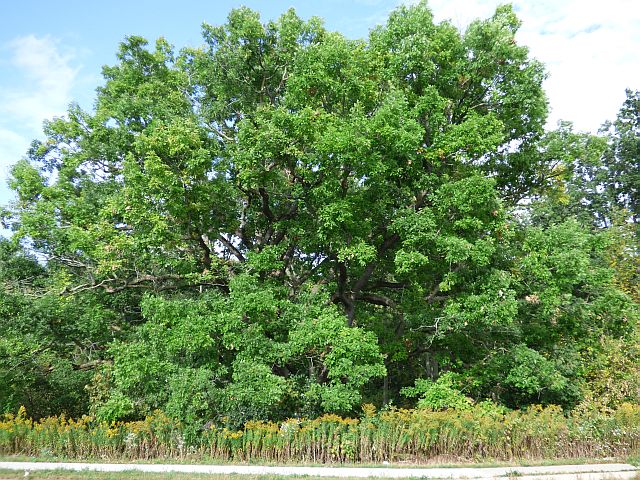Every tree, shrub and wildflower has its own unique formula for germination. It is up to us, as growers, to understand their uniqueness and simulate these requirements. Some plants have very complex germination requirements while others are, relatively, simple. Each germination inhibitor must be removed, in order, so that seeds may sprout.

Most seeds need a period of warm followed by a period of cold stratification. These periods of warm and cold simulate nature’s winters and springs. Some seeds may also need to get scarified. This means we need to scar the dense seed coat so that water can get inside the seed and initiate germination. Without water, no germination will ever occur. In nature, the scarification would occur as the seed passes through the digestive tract of a bird or mammal and the gastric juices would pit the seed.
It always feels like spring is around the corner once we start moving stored seeds and nuts to their next phase of germination. Right now, many seeds are being moved into refrigeration awaiting the beginning of spring.











